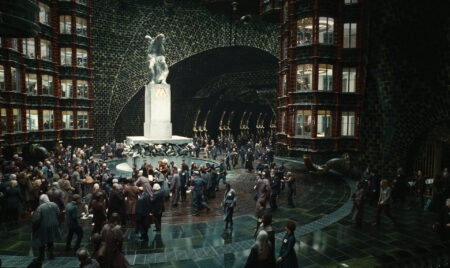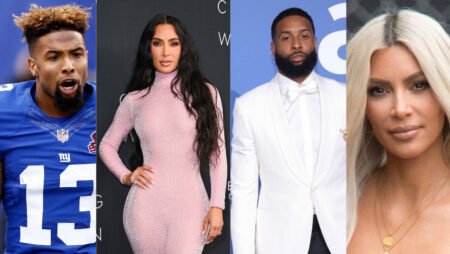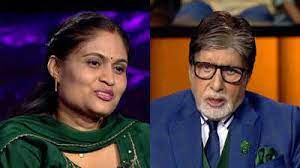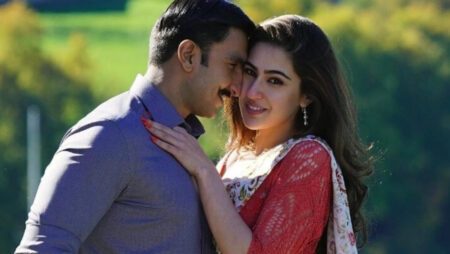Traditionally superhero comic are designed to be the site of male fantasies. They were meant exclusively for men and boys.
When the comics turned to movies, they primarily catered to male tastes. The stereotypical idea was that women audience would not find the live-action adaptations of the comics worthy of watching.
The movies, thus, indulged in hyper-sexualization of female characters, objectification of women on screen and most importantly, the limiting of women on screen to one-dimensional objects with no well-defined personality.
However, the incredible success of Marvel Cinematic Universe and the popularity of DC Movies despite the mixed reviews pointed towards the universal appeal for the movies.
The comic industries and mainly the film industry dealing with comic book adaptations underwent massive changes in the last decade.
What is the Female Gaze?
To understand the term Female gaze, we need to understand the term ‘male gaze. Film theorist Laura Mulvey coined the male gaze in her essay “Visual Pleasure and Narrative Cinema.”
It’s used to describe how the male viewpoint, both behind the camera and onscreen, in cinematic storytelling directly correlates to the objectification of women on screen.
Female gaze, on the other hand, is a term representing the gaze of the female viewer. It is a direct response to Mulvey’s male gaze.
In recent years, it has been used to describe art, in all its forms, that subverts the ubiquitous male perspective.
Wonder Woman (2017)
Wonder Woman made history as the first female-led comic book film. The significance of this started to deliver before the film’s release in theatres.
The film was the first to show the importance of letting a woman tell a woman’s story. The film’s promotions and advertising focused on her nuanced characterization rather than how she looks in spandex.
The focus on the characters was more prominent in the movie. The Amazons were portrayed for the strong warriors they were.
Their costumes drew inspiration from actual armour and allowed them to move freely and fight.
Birds of Prey (2020)
Directed by Cathy Yan and produced by Margot Robbie, Birds of Prey enjoyed the privilege of two women at the helm of production.
The film is essential in understanding the female gaze because of the subtle, thoughtful ways it deconstructs the male gaze.
The film tells the story of Harley Quinn regaining ownership of her life. The film is not just her story told from an outsider’s perspective.
Instead, it is hers to tell. In more ways than one, Quinn gained the power to author her story in the film.
Another subtle but noticeable change is Quinn’s clothing. While her general aesthetic remained the same from Suicide Squad to Birds of Prey, her clothing, the latter, is an ode to her bold personality. The camera follows her actions and not her body in the film directed by Cathy Yan.
Captain Marvel (2019)
Captain Marvel fell victim to the ‘male gaze’ problem before the film was even released. Male fans of the Marvel Cinematic Universe worldwide started to comment on Brie Larson’s Carol Danvers’ severe expression in the posters.
They began to petition for her to smile because women are meant to be pleasant.
The film that followed was distinctly female, drawing criticism for strictly its feminine perspective.
Danvers is constantly told to rein in her powers. She is told time and again by men in her life to control her anger and keep her emotions in check.
While male superheroes are more than happy to trigger happy with their powers, Danvers’ story spoke of women’s struggle daily.
Black Widow (2021)
Like Birds of Prey, Black Widow had two women taking charge of the movie. Cate Shortland, the director and Scarlett Johansson as the producer.
The film tells the story of Natasha Romanoff, an Avenger whose story deserved to come to screen a decade ago.
The film successfully tells the story of Romanoff. Although not as successful in telling a compelling story as the other movies on the list, Black Widow offered the audience the most of the assassin.
The film fully embraced its three female leads and told the story of their strength in unlikely circumstances.
This strength goes beyond their ability to throw a punch, which in a man’s world is no strength at all.












